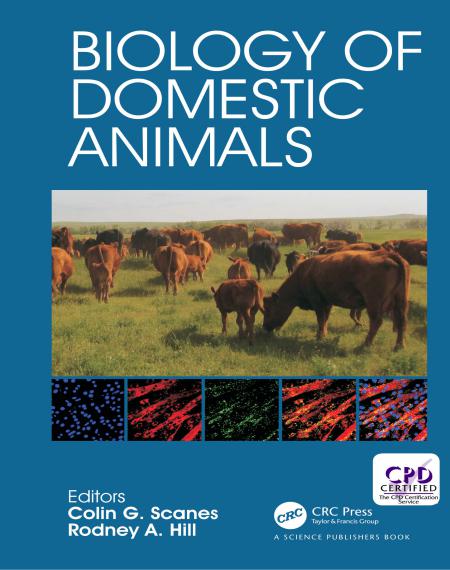There is increasing interest in the biology of domestic animals ranging from genomics, transcriptomics, metabolomics, nutritional physiology, and systems biology.
Biology of Domestic Animals

This book touches on all of these, with a particular focus on topics such as domestic animals as comparative models to humans, molecular regulation of growth, metabolic efficiency, reproduction, and the impact of stress on growth and development. The book concludes with a discussion on the current and future directions for researchers.
It is January 2017. Estimates of the rate of growth of global knowledge posit a doubling in less than one year, with an exponentially increasing rate. With such dynamic changes, approaches to the sharing of knowledge are being challenged. The “cloud” now provides unprecedented access and the internet connects us to the unimaginably immense knowledge pool. Knowledge about domestic animals, is a tiny drop in this pool. And yet there is so much knowledge out there, even the greatest minds in the field are daunted in finding ways to package that knowledge into useful chunks. Our contribution to packaging a snap-shot of knowledge of domestic animals has brought together a group of contributing authors from across the globe, and together we have focused on bringing to the readers exciting new discoveries and consolidation of knowledge across our collective expertise.
Knowledge from the level of population, whole animal, systems, tissues, organs, cells, molecules, and from many disciplines from nutrition to physiology to genetics, and the impact of this knowledge on human biology in health and disease, on animals as human companions and on animals as part of our food production systems has been brought together. Our intent has been to provide stimulating reading for anyone with an interest in domestic animals, for scientists, and for students. This drop of knowledge brings perspective and cohesion that also provides the reader and indeed the contributors with opportunities to join some “dots” from the collection and to synthesize some new knowledge and to further advance the field.
Password: pdflibrary.net

